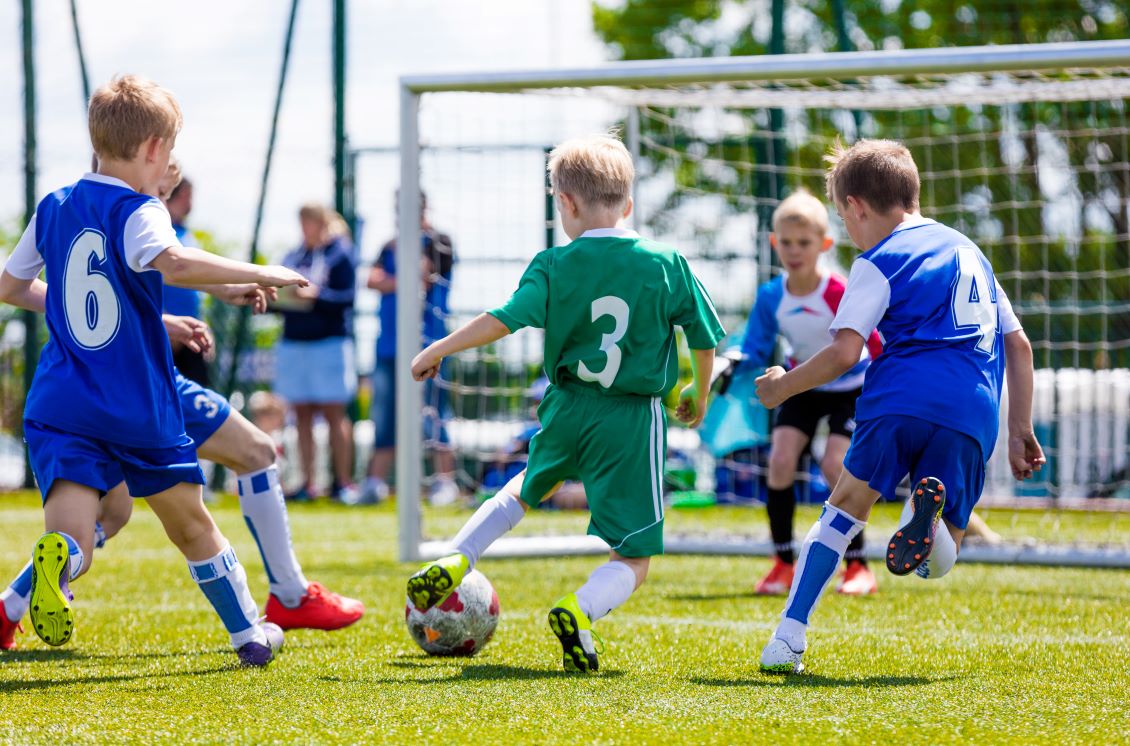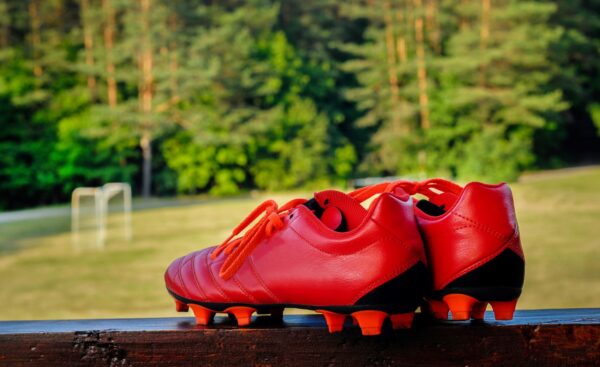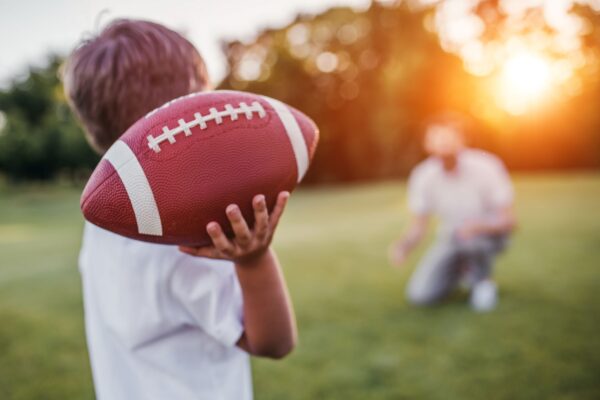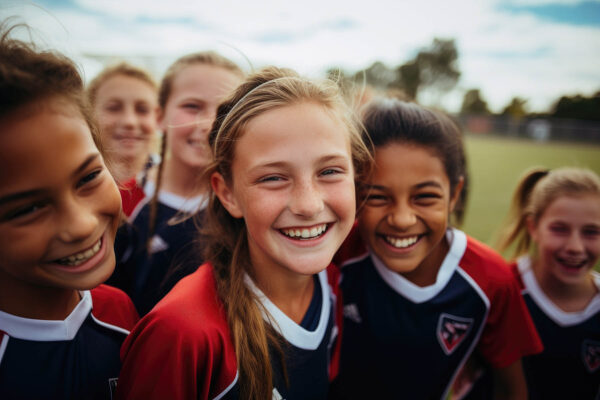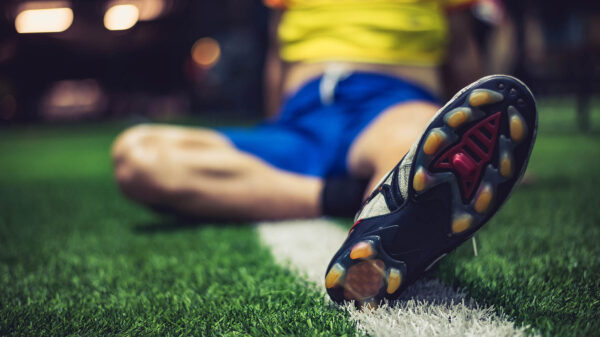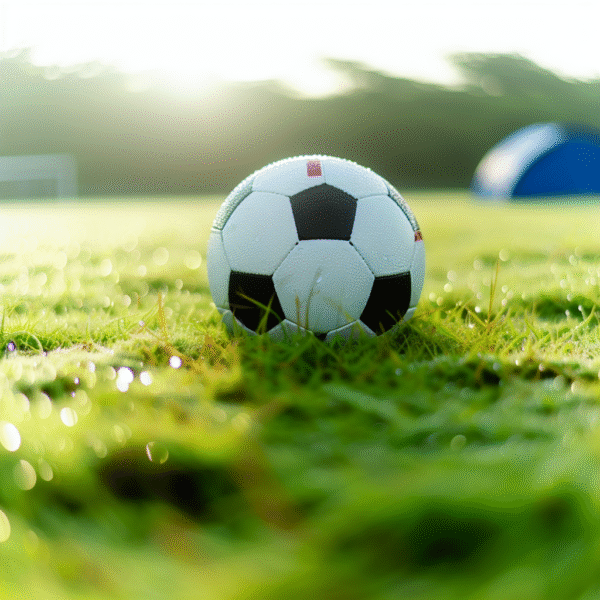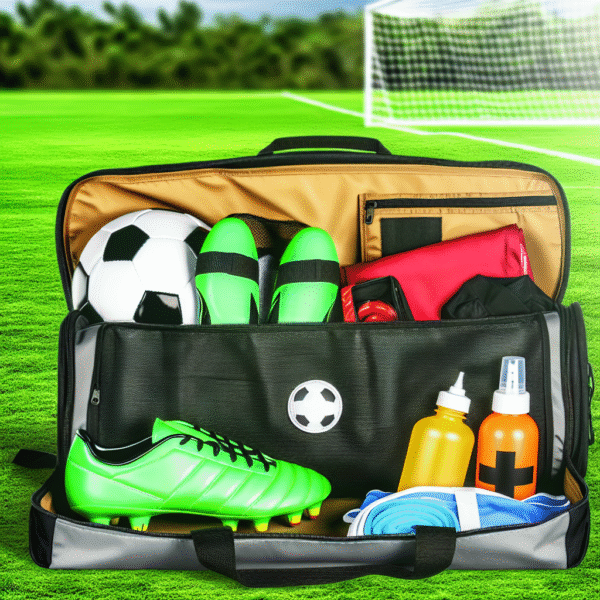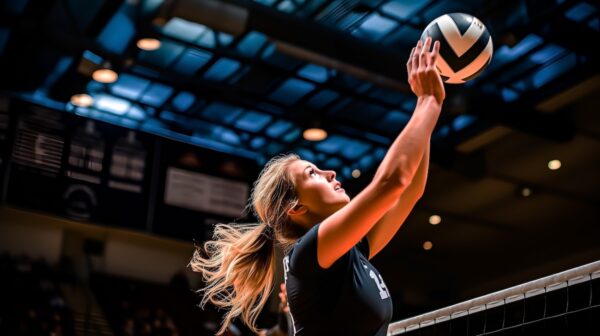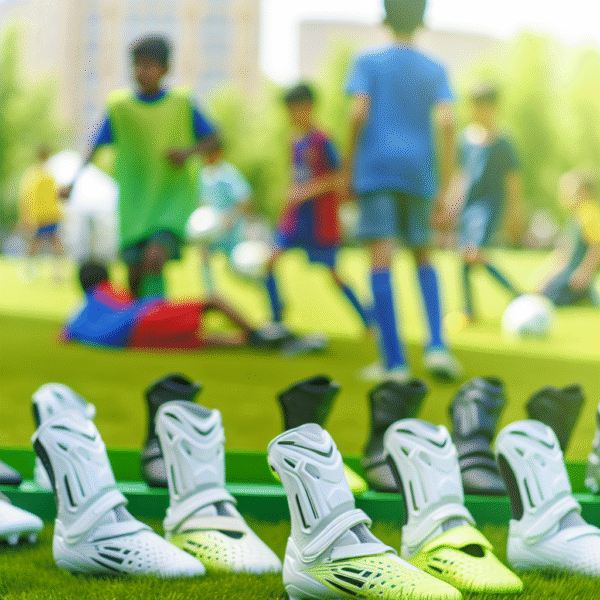When it comes to youth soccer, having the right gear makes a big difference. The proper equipment not only enhances the playing experience but also ensures young athletes stay safe, comfortable, and confident during games and practices. From cleats and shin guards to jerseys and goalie gloves, each piece plays a crucial role in helping kids enjoy the sport and develop their skills. This guide covers all the essential youth soccer equipment to help parents, players, and coaches make informed choices for a better soccer season.
Soccer Cleats
A quality pair of cleats is one of the most important pieces of youth soccer equipment. Cleats provide traction, support, and stability, helping players perform their best on the field.
-
Traction and Stability: Cleats feature studs or blades that grip the playing surface, allowing kids to run, turn, and stop without slipping.
-
Ankle Support: Many youth cleats include padded collars or mid-cut designs for extra ankle protection and stability.
-
Comfort and Fit: Look for breathable materials and proper cushioning. A snug but not tight fit will help avoid blisters and discomfort.
-
Durability: Choose cleats made from strong materials that can hold up through a full season of practices and games.
-
Style and Personal Preference: Let kids express their personality with colors or styles that reflect their favorite players or teams.
Always choose cleats based on the surface your child plays on—firm ground, turf, or indoor courts.
Youth Soccer Ball
The right soccer ball helps young players improve their control, accuracy, and overall skill development. Not all balls are created equal, so it’s important to match the size and type to the player’s age.
-
Size Matters: Use a size 3 ball for ages 8 and under, size 4 for ages 9–12, and size 5 for players 13 and older.
-
Playing Surface: Select a ball designed for grass, turf, or indoor use based on where your child will play.
-
Build Quality: Higher-quality balls have better stitching, shape retention, and flight consistency.
-
Weight and Feel: Lighter balls are ideal for younger kids. Older players may prefer a slightly heavier ball for power.
-
Budget and Brands: Reputable brands often offer better long-term value. Look for solid reviews before buying.
Make sure to follow any league-specific ball guidelines to ensure compliance.
Shin Guards
Shin guards are essential safety gear for any young soccer player. They protect the shins from kicks, collisions, and accidental impacts that are common during games.
-
Effective Protection: Hard outer shells combined with padded interiors shield against bruises and fractures.
-
Snug Fit: Look for adjustable straps or compression sleeves to keep guards secure during play.
-
Confidence Booster: When players feel protected, they’re more likely to play with focus and intensity.
-
League Rules: Most youth leagues require shin guards, so be sure your child’s gear meets those standards.
Choose a size that covers from just below the knee to above the ankle without restricting movement.
Goalkeeper Gloves (for Goalies)
If your child is a goalie, proper goalkeeper gloves are a must. These gloves are built to enhance grip, cushion impacts, and protect fingers from injury.
-
Enhanced Grip: Latex palms help catch and control the ball even in wet conditions.
-
Protection: Padding helps absorb impact from hard shots. Some gloves include finger spines to reduce hyperextension risks.
-
Flexibility: Look for gloves that allow full range of motion while still offering support.
-
Weather Resistance: Choose gloves based on expected field conditions—some are better for rain, others for dry weather.
-
Fit and Closure: Snug-fitting gloves with adjustable wrist straps keep hands comfortable and protected.
Goalkeeper gloves require regular cleaning and drying to extend their lifespan and performance.
Soccer Jersey
A lightweight, breathable jersey helps keep players cool and comfortable. Many youth teams provide jerseys, but if you’re buying your own:
-
Choose moisture-wicking fabric.
-
Ensure a loose fit for mobility.
-
Look for durable stitching that holds up to frequent washing.
Soccer Shorts
Soccer shorts should allow for full leg movement and wick away sweat. Choose shorts that are:
-
Made of lightweight, breathable fabric
-
The right length to avoid restricting play
-
Durable enough to withstand turf or grass contact
Soccer Socks
Long soccer socks keep shin guards in place and provide added leg support.
-
Opt for socks made with moisture-wicking materials.
-
Look for reinforced toe and heel sections for better comfort and durability.
-
Always have extra pairs on hand for tournament weekends or rainy-day games.
Soccer Gear Bag
A good soccer bag makes it easy to transport and organize gear. Choose one with:
-
Multiple compartments to separate clean gear from dirty cleats
-
Ventilation to reduce odors
-
Padded straps for comfortable carrying
Optional Accessories
A few extra items can add comfort and convenience for young players:
-
Sweatbands or Headbands: Help manage sweat during hot games.
-
Captain’s Armband: A great way to build leadership skills.
-
Sports Tape: Useful for minor injuries or securing loose socks or shin guards.
-
Water Bottle: Staying hydrated is a key part of performance and safety.
Keep Gear in Good Shape
No matter how great the gear is, it won’t help if it’s not well-maintained. Make a habit of checking all soccer equipment regularly for wear and tear. Clean cleats, air out gear bags, and replace worn-out items before they impact play.
Providing young players with the right youth soccer equipment sets them up for safety, success, and long-term enjoyment of the game. Well-chosen gear builds confidence, improves performance, and keeps kids focused on fun, not frustration.
If you’re helping your child prepare for the season, don’t miss our Best Youth Soccer Shin Guards for Comfort and Protection guide to find top picks for every age and budget.

